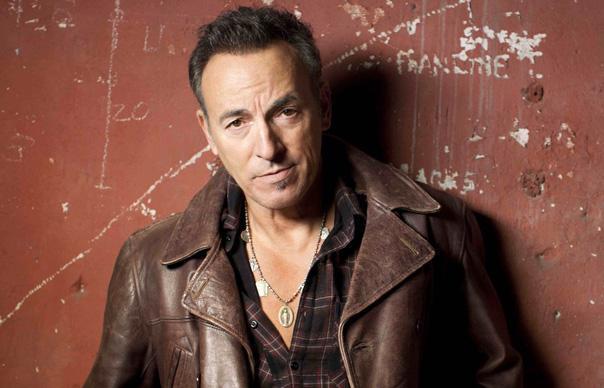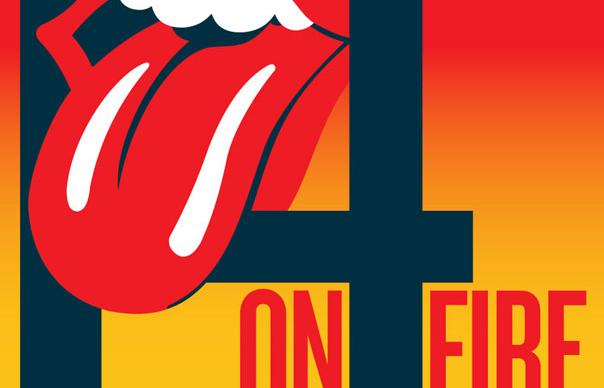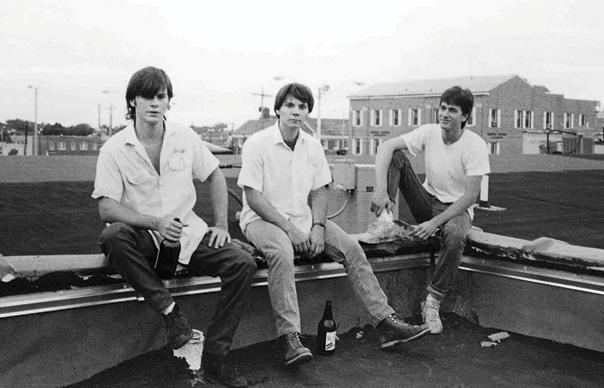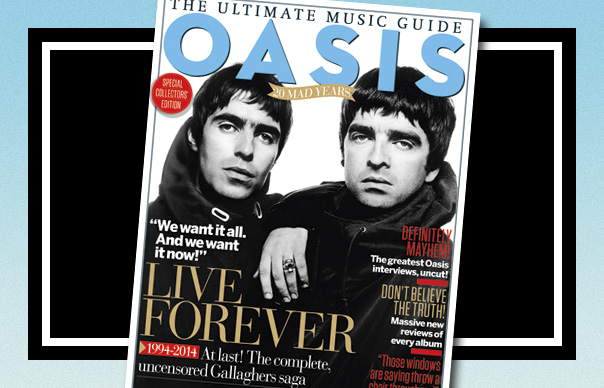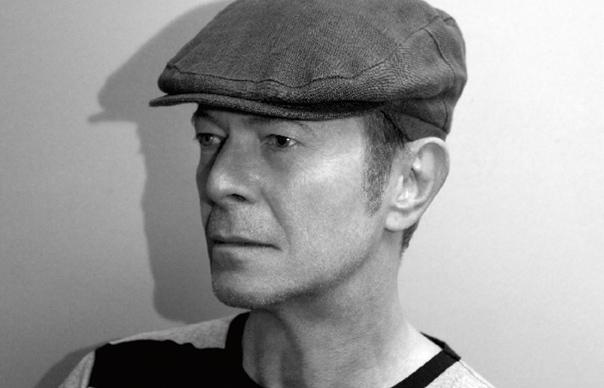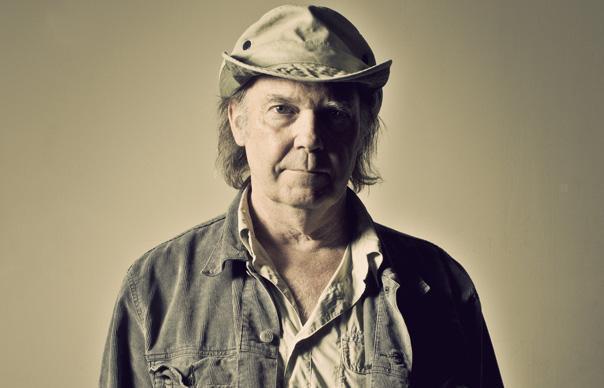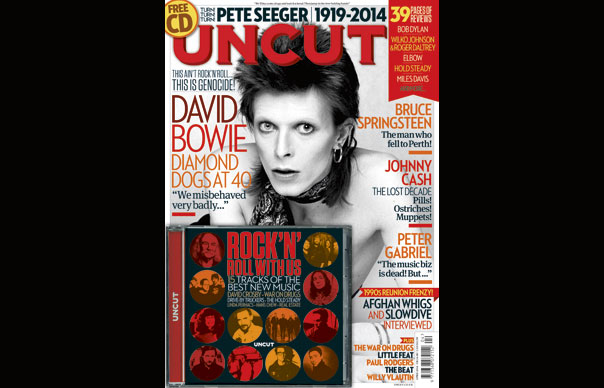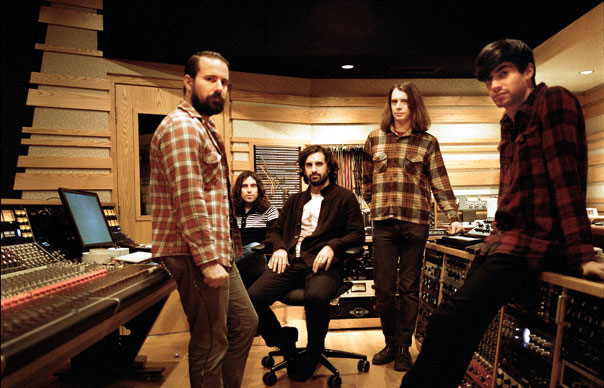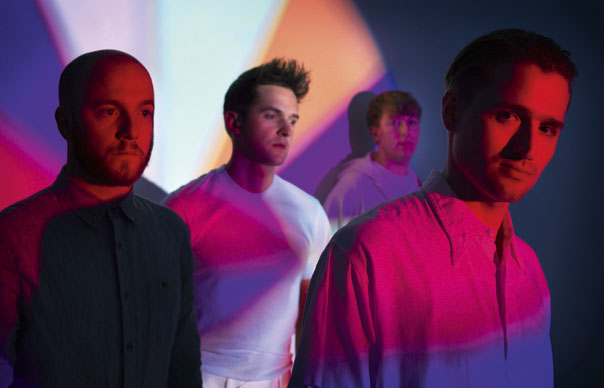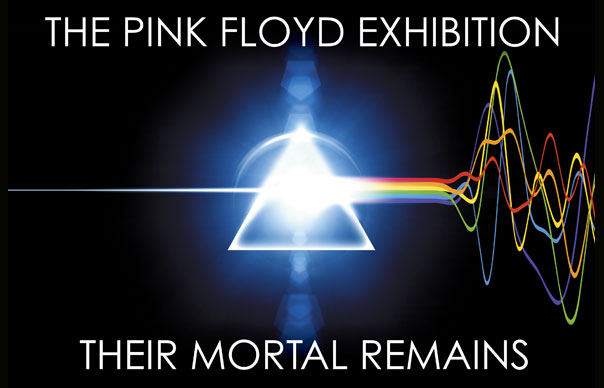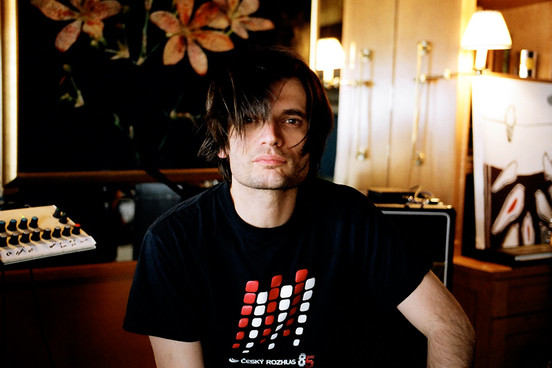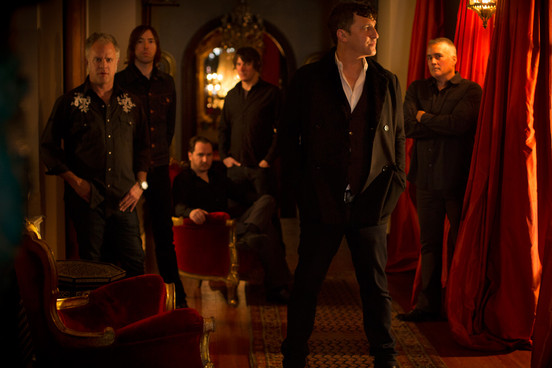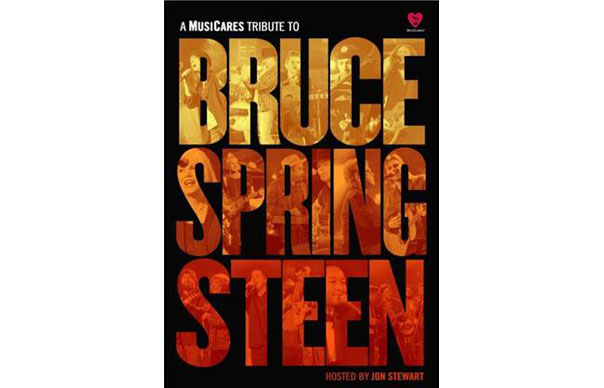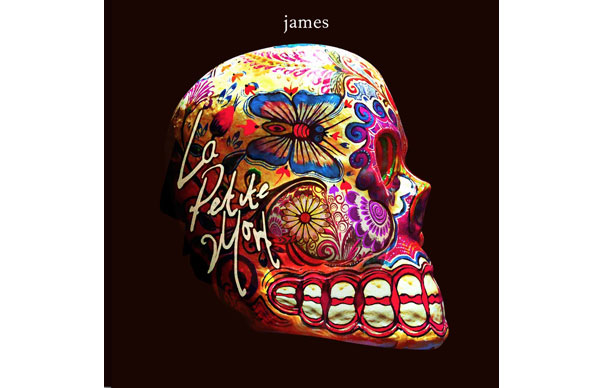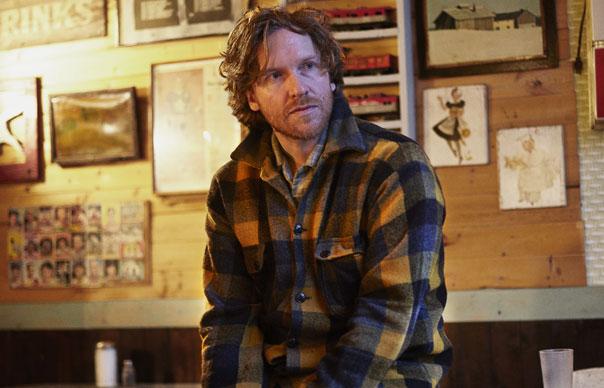Another song this week from what’s rapidly shaping up to be one of my favourite 2014 albums, Hurray For The Riff-Raff’s “Small Town Heroes”. Have a look, too, at the trailer for Lance Bangs’ Slint documentary, “Breadcrumb Trail”, which is the music film I’ve enjoyed most since the Source Family doc. Some hardy perennials here: Ali Roberts and Hiss Golden Messenger’s MC Taylor covering Townes Van Zandt; a new live set from Cian Nugent. New Wooden Wand sounded good on first listen, too. I should of course plug the new issue of Uncut at this point, not least the Afghan Whigs comeback interview and the rediscovery of Ned Doheny. Out today, I believe: Bowie, Johnny Cash, Peter Gabriel, Hold Steady, Slowdive, The War On Drugs, Little Feat, Paul Rodgers, The Beat, Dr John… full details here. Thanks. Follow me on Twitter: www.twitter.com/JohnRMulvey 1 Hurray For The Riff-Raff – Small Town Heroes (ATO) 2 Hiss Golden Messenger & Alasdair Roberts – If I Needed You (http://bamshakalah.tumblr.com) http://www.youtube.com/watch?v=p1OuUUN5Ysc 3 Sufjan Stevens, Son Lux & Serengeti present Sisyphus – Sisyphus (Asthmatic Kitty) http://www.youtube.com/watch?v=dVVvgFWn14c 4 Håkon Stene - Lush Laments for Lazy Mammal (Hubro) 5 The Horrors – Luminous (Sampler) (XL) 6 J Roddy Walston & The Business – Essential Tremors (ATO) 7 Factory Floor - How You Say (Daniel Avery Remix) (DFA) 8 The Bohicas – XXX (Domino) 9 Wye Oak – Shriek (City Slang) 10 Dan Sartain – Dudesblood (One Little Indian) 11 Slint – Spiderland Box Set (Touch & Go) http://www.youtube.com/watch?v=LVdU_bLD2-M 12 Chris Robinson Brotherhood – Phosphorescent Harvest (Silver Arrow) 13 Heterotic – Weird Drift (Planet Mu) 14 Woo – When The Past Arrives (Drag City) 15 Thee Oh Sees – Drop (Castleface) 16 Bobby Charles - Bobby Charles (Light In The Attic) 17 Bob Frank - Bob Frank (Vanguard/Light In The Attic) 18 K Leimer - A Period Of Review (RVNG INTL) 19 Wooden Wand - Farmer's Corner (Fire) 20 Pink Mountaintops - Get Back (Jajaguwar) http://www.youtube.com/watch?v=aaaZyVat6UM 21 Millie & Andrea - Drop The Vowels (Modern Love) 22 Cian Nugent – February 19, 2014, Union Pool, New York ( NYC Taper ) 23 Wild Beasts – Present Tense (Domino)
Another song this week from what’s rapidly shaping up to be one of my favourite 2014 albums, Hurray For The Riff-Raff’s “Small Town Heroes”. Have a look, too, at the trailer for Lance Bangs’ Slint documentary, “Breadcrumb Trail”, which is the music film I’ve enjoyed most since the Source Family doc.
Some hardy perennials here: Ali Roberts and Hiss Golden Messenger’s MC Taylor covering Townes Van Zandt; a new live set from Cian Nugent. New Wooden Wand sounded good on first listen, too.
I should of course plug the new issue of Uncut at this point, not least the Afghan Whigs comeback interview and the rediscovery of Ned Doheny. Out today, I believe: Bowie, Johnny Cash, Peter Gabriel, Hold Steady, Slowdive, The War On Drugs, Little Feat, Paul Rodgers, The Beat, Dr John… full details here. Thanks.
Follow me on Twitter: www.twitter.com/JohnRMulvey
1 Hurray For The Riff-Raff – Small Town Heroes (ATO)
2 Hiss Golden Messenger & Alasdair Roberts – If I Needed You (http://bamshakalah.tumblr.com)
3 Sufjan Stevens, Son Lux & Serengeti present Sisyphus – Sisyphus (Asthmatic Kitty)
4 Håkon Stene – Lush Laments for Lazy Mammal (Hubro)
5 The Horrors – Luminous (Sampler) (XL)
6 J Roddy Walston & The Business – Essential Tremors (ATO)
7 Factory Floor – How You Say (Daniel Avery Remix) (DFA)
8 The Bohicas – XXX (Domino)
9 Wye Oak – Shriek (City Slang)
10 Dan Sartain – Dudesblood (One Little Indian)
11 Slint – Spiderland Box Set (Touch & Go)
12 Chris Robinson Brotherhood – Phosphorescent Harvest (Silver Arrow)
13 Heterotic – Weird Drift (Planet Mu)
14 Woo – When The Past Arrives (Drag City)
15 Thee Oh Sees – Drop (Castleface)
16 Bobby Charles – Bobby Charles (Light In The Attic)
17 Bob Frank – Bob Frank (Vanguard/Light In The Attic)
18 K Leimer – A Period Of Review (RVNG INTL)
19 Wooden Wand – Farmer’s Corner (Fire)
20 Pink Mountaintops – Get Back (Jajaguwar)
21 Millie & Andrea – Drop The Vowels (Modern Love)
22 Cian Nugent – February 19, 2014, Union Pool, New York ( NYC Taper )
23 Wild Beasts – Present Tense (Domino)



